Pavilion Sofa
Reproduction
DIMENSIONS
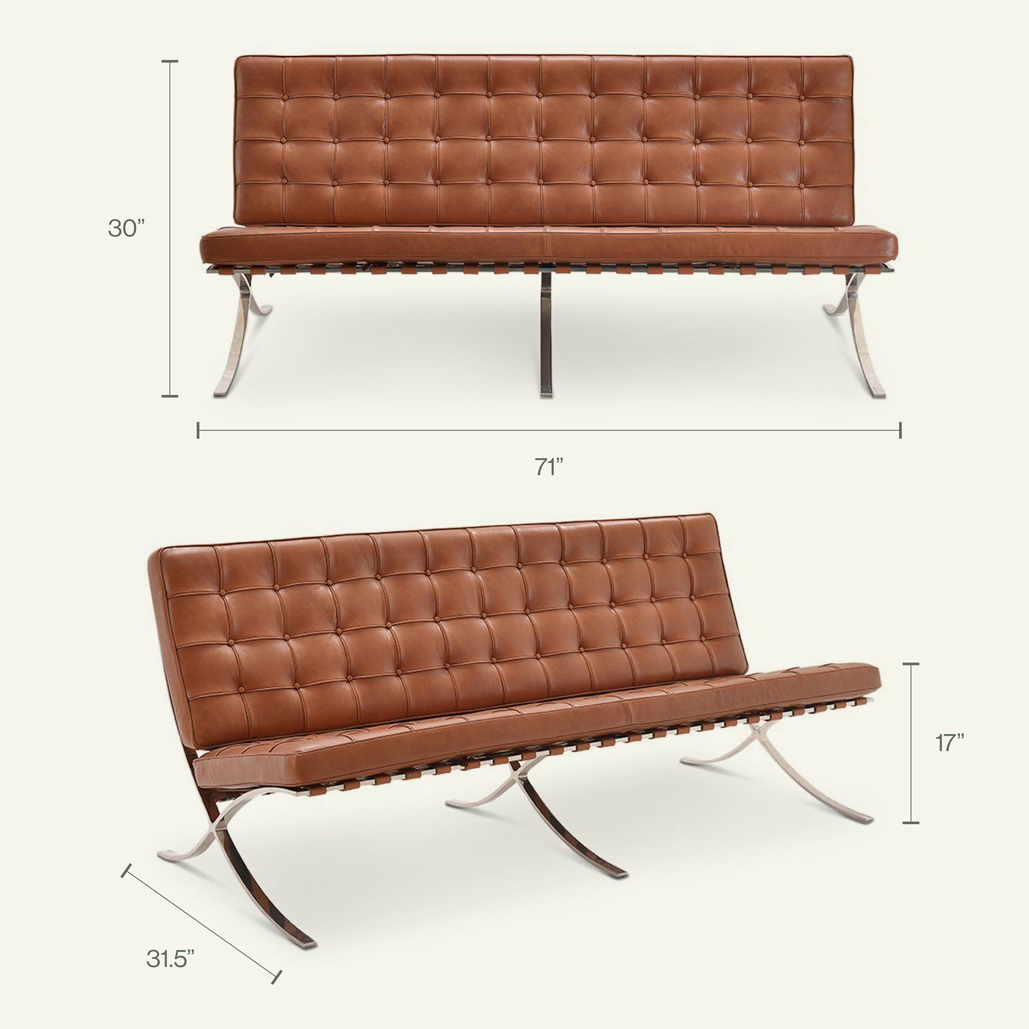

-
Ludwig Mies van der Rohe's Pavilion Sofa (1930) was added to his Barcelona Collection in the year following the introduction of the Chair and Stool. Still produced to his original specifications, the couch gained widespread popularity in 1953, when architect Philip Johnson selected it for his New York apartment. To create the deep, precise tufting, individual panels of leather are cut, hand welted and hand tufted. The frame is made from Ashwood and the legs from stainless steel legs. The bolster cushion is crafted from coordinating leather and secured to the sofa with straps and locking snaps.
Materials & Features:- Frame: highly polished #304 grade stainless steel frame with no screws or weld lines
- High elasticity dacron-wrapped foam with genuine down feather layer
- Medium firm cushion seat feel (cushion softness customizable)
- Fabric, Top Grain/Aniline Leather upholstery
- All upholstery materials and fill content are non-toxic and fire-resistant
-
Ludwig Mies van der Rohe (born Maria Ludwig Michael Mies; March 27, 1886 - August 17, 1969) was a German-American architect. He is commonly referred to and was addressed as Mies, his surname. Along with Le Corbusier and Frank Lloyd Wright, he is widely regarded as one of the pioneering masters of modern architecture.
Mies, like many of his post-World War I contemporaries, sought to establish a new architectural style that could represent modern times just as Classical and Gothic did for their own eras. He created an influential twentieth-century architectural style, stated with extreme clarity and simplicity. His mature buildings made use of modern materials such as industrial steel and plate glass to define interior spaces. He strove toward an architecture with a minimal framework of structural order balanced against the implied freedom of free-flowing open space. He called his buildings "skin and bones" architecture. He sought a rational approach that would guide the creative process of architectural design, but he was always concerned with expressing the spirit of the modern era. He is often associated with his quotation of the aphorisms, "less is more" and "God is in the details".
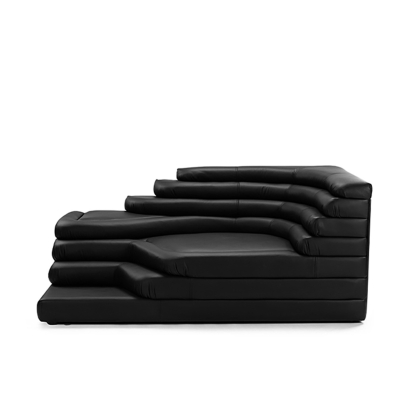
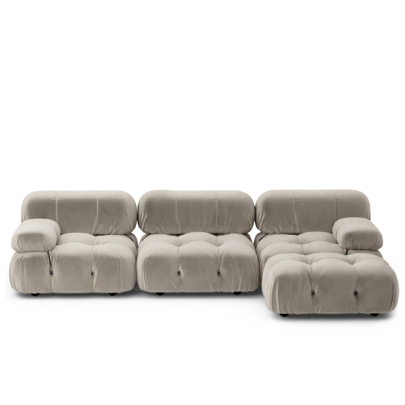

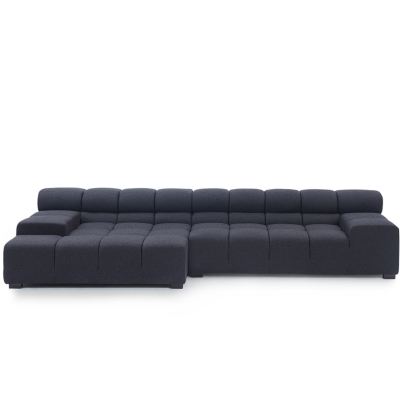
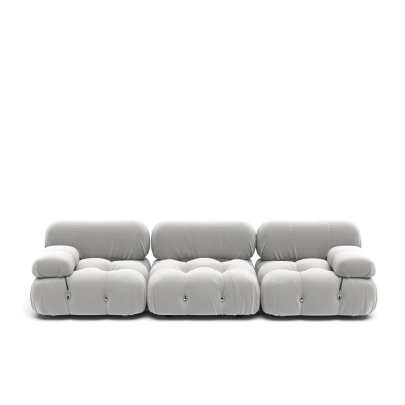

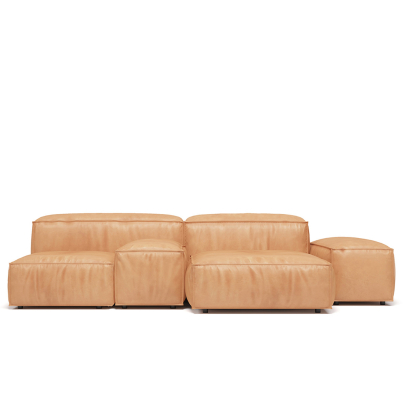



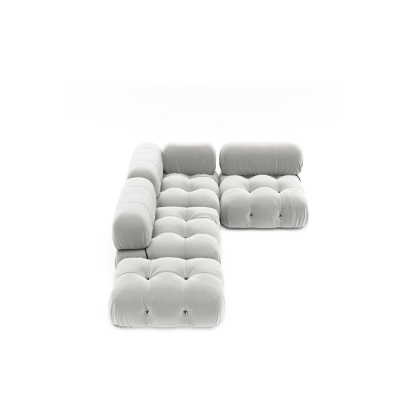

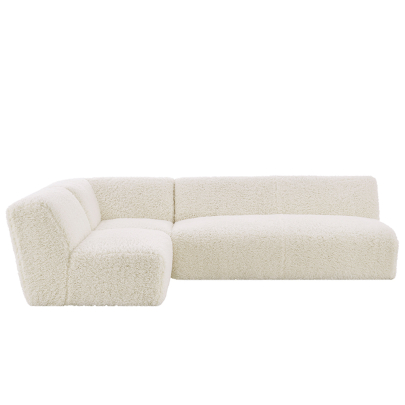
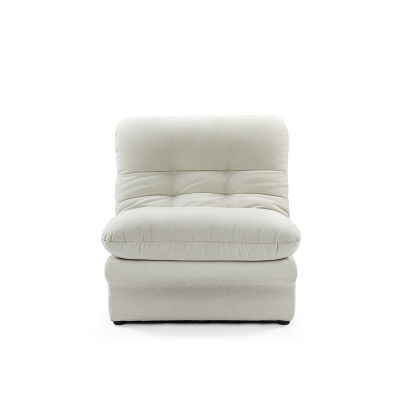

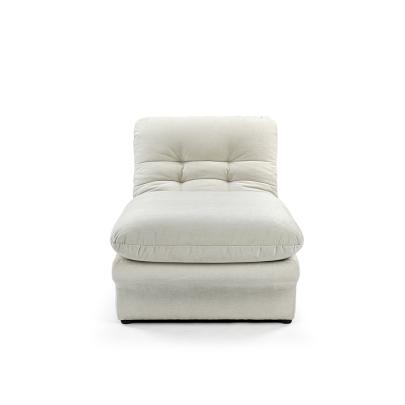

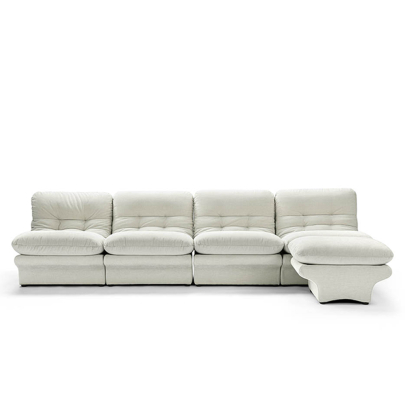
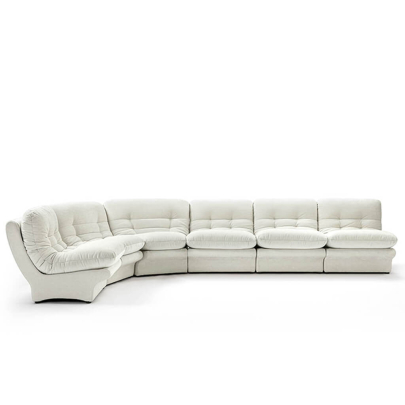
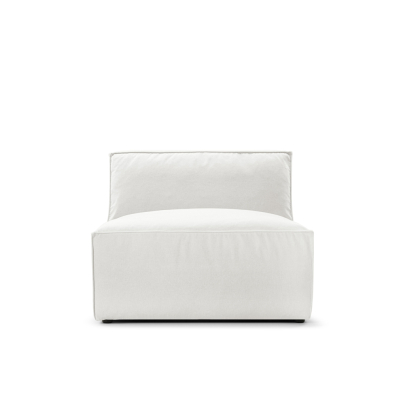
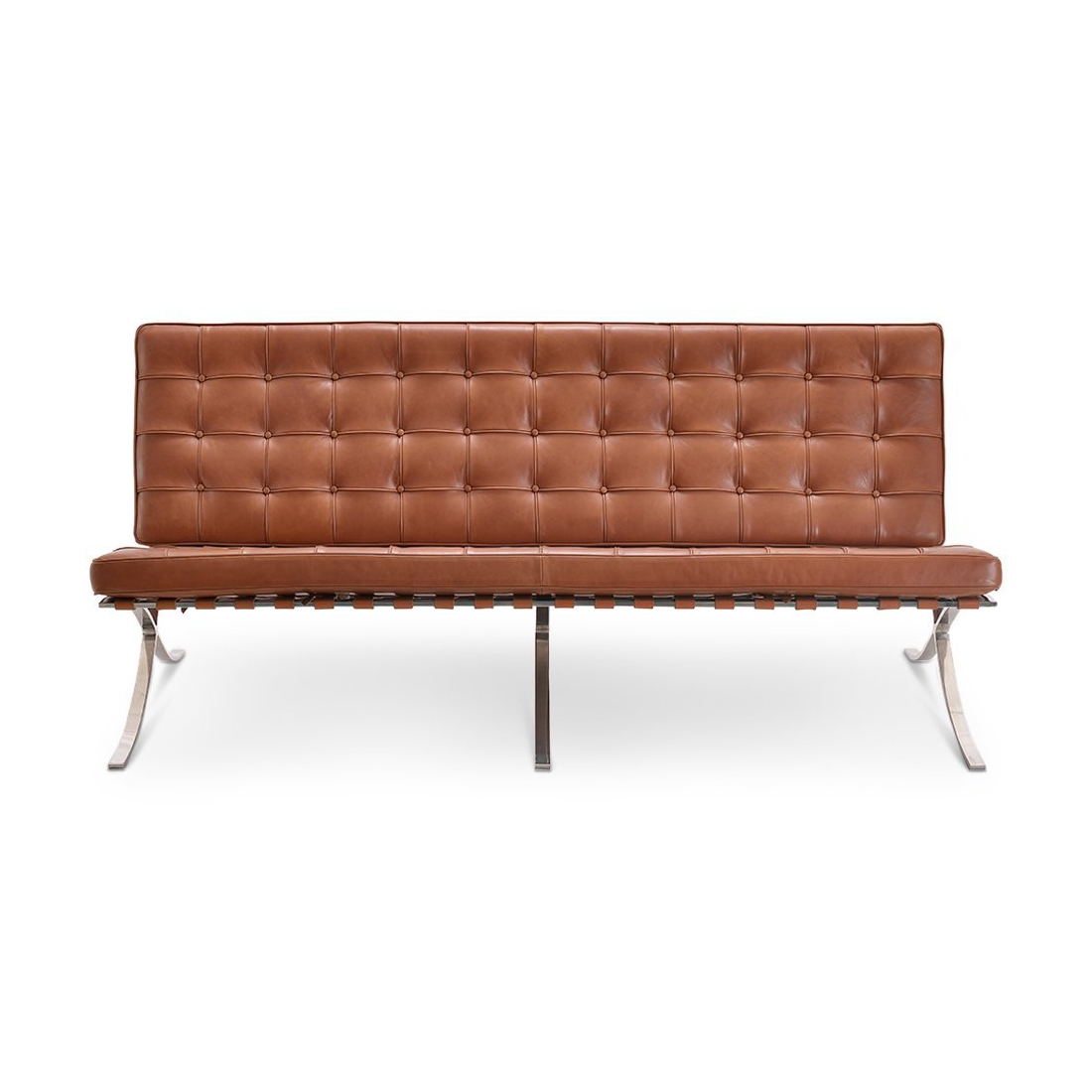
 1-800-993-0903
1-800-993-0903
 Chat With Us
Chat With Us
 Email Us
Email Us
